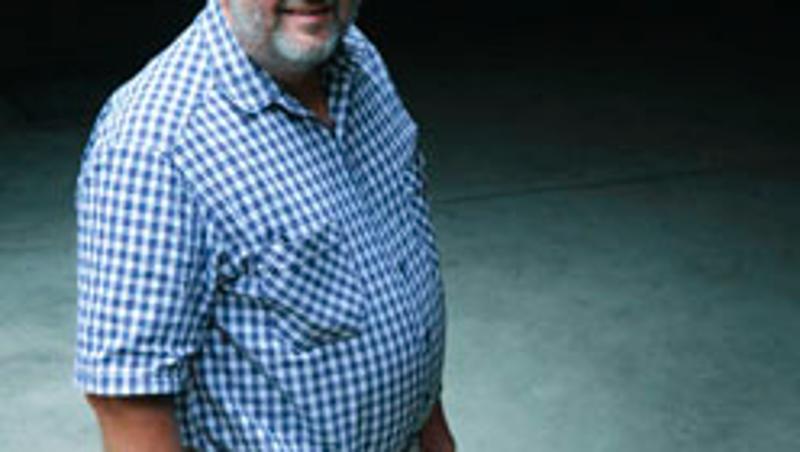
The threat of 'dirty' bombs and plans to use nuclear power as an energy source have driven Queensland University of Technology scientists to discover a new, safer way of detecting radioative contamination in the ground.
Professor Ray Frost, from QUT's School of Chemical and Physical Sciences, has found a way of identifying, from a remote location, uranium deposits that have leached into the soil and water.
"The ability to be able to easily and readily detect uranium minerals, especially secondary minerals, is of great importance especially in today's current climate of terrorism and increased uranium mining," Professor Frost said.
"What is not commonly known is that many uranium minerals, especially the secondary minerals, are soluble and can translocate or move in water to areas far away from where uranium sites are found.
"This means that uranium minerals could arise in soils and sediments from unknown origins and in locations far from their origins."
Professor Frost said using a technique known as near infrared spectroscopy, radioactive minerals could be detected by scientists located far away from a contaminated site.
"Using a fibre optic probe and the near infrared spectroscopy technique, we have found that we can detect whether uranium minerals are present in soil.
"Near infrared spectroscopy can identify the types of uranium minerals that are present.
"This means we can now identify whether or not radioactive deposits exist and the risk these deposits might present to both the environment and the community."
Near infrared spectroscopy is a technique that uses a light source to scan the surface of a material to identify the chemical properties of that surface.
In doing so, it is possible to determine whether or not radioactive uranium minerals are present in the ground.
Professor Frost said proposals to use nuclear power for the generation of electricity in Australia as well as other countries, indicated there would be increased mining of uranium in the future.
"This will result in mine waste and the accumulation of hazardous minerals," he said.
He said this coupled with the concerns raised about the threat of so-called dirty bombs as terrorism weapons, highlighted the importance of being able to identify radioactive uranium minerals.
Professor Frost said given the ability of radioactive uranium minerals to disperse over extensive locations, there was a definite need to widely test ground sites for possible contamination.
Media contact
- Sandra Hutchinson, QUT media officer, 07 3138 2130 or s3.hutchinson@qut.edu.au


